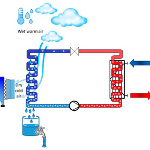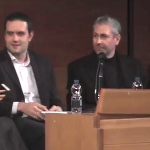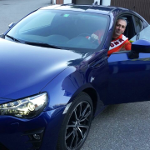A Scientific Paper
16 November, 2018 in Science

An interesting scientific paper, on an integrated system for water from air production, of which I am a co-author:
https://www.mdpi.com/2076-3417/8/11/2262/htm
Festival of Engineering
23 October, 2017 in Computers, Games

I was honored to speak at the Festival of Engineering of Lodi about the fine art (and science) of videogame programming.
It was very interesting, especially for my colleagues engineers… many people don’t know what’s behind the development of a videogame, the advanced mathematics required to build a 3d engine or the complex physics behind a modern simulation of a racecar or an aircraft. An engineer is, nowadays, an essential part of a videogame development team!
GT86 Fun
5 May, 2017 in Cars

I like my GT86.
While the GT86 isn’t the most powerful car in her class, I like how the engine begs to be revved, and how she offers “just enough” performance for my needs and driving style. The lightweight body and well balanced rear-wheel-drive layout make her a very good handling sports car; yet, she’s not something “extreme”, the GT86 can easily be used as an everyday car!
All in all, I’m very happy with her!





